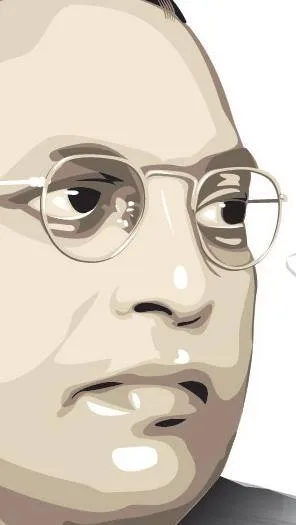Truth, they say, is the first casualty in any war. Was it a caste war which triggered the series of desecrations of Babasaheb Ambedkar’s statues in Andhra Pradesh, starting with the destruction of four statues in Amalapuram on the night of 22nd January? Was it the result of inter-group rivalry among State Congress leaders? Was …
Desecration of Ambedkar statues: Truth is the first casualty









